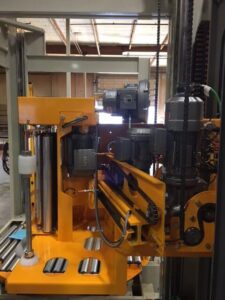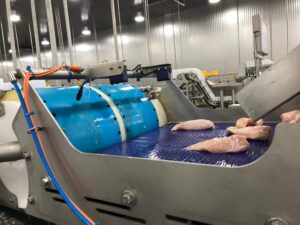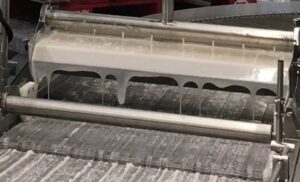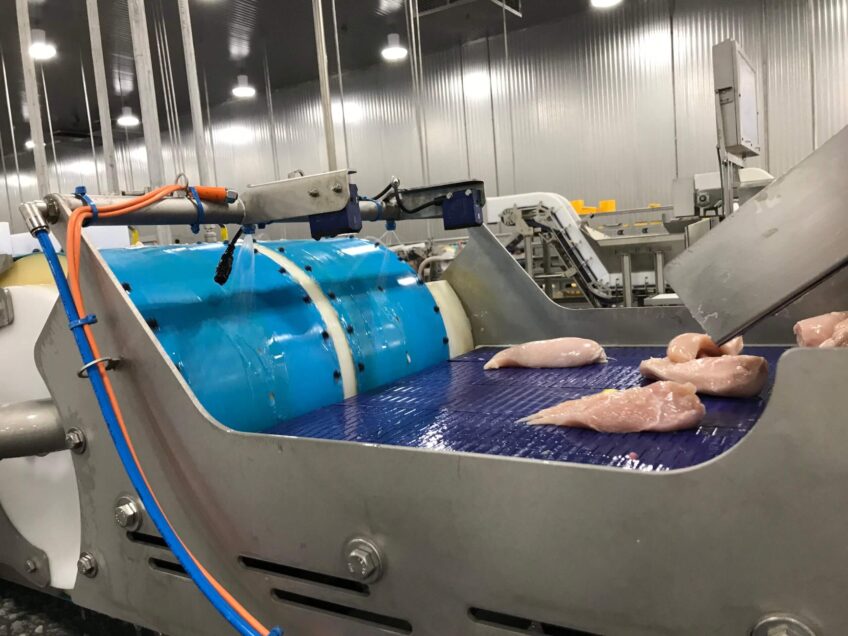A very famous woman once said, “I love bread!” This declaration instantly went viral. Millions of people agreed: we love bread! We relate to that simple statement’s enthusiasm because our lives are made simpler and more delicious because of beloved prepared foods like bread. And cookies. And beef jerky. And chocolate, coffee, yogurt, tea, and more! We all share an appreciation for prepared and pre-packaged snacks and foods.
But just as Oprah’s love for bread knows no bounds, the complexities of the food processing industry go far beyond what meets the eye. Behind every delicious loaf of bread, every meticulously packaged snack, and every carefully sealed jar of sauce lies a world of advanced technology that plays a crucial role in shaping the way we experience our favorite foods. Two such pivotal technologies that often go unnoticed are the vacuum pump and pressure pump. These unsung heroes of the food processing realm ensure that our bread rises, our chips stay crispy, and our sauces stay sealed and fresh.
We’re delving into the fascinating applications and uses of vacuum and pressure pumps in the food processing industry. From enhancing shelf life to maintaining quality and everything in between, let’s uncover the hidden mechanisms that make our beloved foods not only delectable but also safe for consumption.
Jump to:
Applications of Vacuum Technology in Food Processing
Product Movement
 Walk into a food production facility, and you’ll see vacuum everywhere! Moving products is one of the most popular and practical uses of vacuum. Small dry-vane pumps and regenerative blowers are used for robotic pick-and-place machines. These machines move products such as eggs, fruit, vegetables, meat, and seafood around food processing facilities and transfer these foods from one process to the next.
Walk into a food production facility, and you’ll see vacuum everywhere! Moving products is one of the most popular and practical uses of vacuum. Small dry-vane pumps and regenerative blowers are used for robotic pick-and-place machines. These machines move products such as eggs, fruit, vegetables, meat, and seafood around food processing facilities and transfer these foods from one process to the next.
Vacuum pumps are also used to move dry bulk food products via pneumatic conveyance. Grains, seeds, beans, and other granules or powders can be carried long distances through pneumatic tubes because of differential pressure – the work of either vacuum or regenerative pumps. Pneumatic conveyance is also gentle enough to avoid damaging fragile materials. Rotary vane pumps, positive displacement blowers, and regenerative blowers are all used for pneumatic conveyance.
Extraction
In bottling operations, residual oxygen must be removed to ensure freshness. Once flushed with CO2, the bottles must then have the residual O2 removed to provide carbonation without contamination using a vacuum system. Similarly, vacuum removes oxidized iron from mineral water through deferrization. Small dry-vane pumps are even used to extract sap from trees.
Food Preservation
 Vacuum pumps, such as the RX-Series, are used in modified atmosphere packaging (MAP). This slows the aging process, extending food’s shelf life without added preservatives. Similarly, pumps are used to maintain a constant pressure for sensitive foods or to cool or dry foods such as tea leaves, spices, fruits, and meat.
Vacuum pumps, such as the RX-Series, are used in modified atmosphere packaging (MAP). This slows the aging process, extending food’s shelf life without added preservatives. Similarly, pumps are used to maintain a constant pressure for sensitive foods or to cool or dry foods such as tea leaves, spices, fruits, and meat.
Packaging
Regenerative blowers and dry-rotary pumps, such as the HRC– or RCV– series, are the unsung heroes of packaging machines. They are often found in labeling, carton erection, vacuum skin packaging (VSP), tray sealing, scrap removal, blister packaging, and foil-handling equipment. Occasionally, deeper vacuum is required for processes such as thermoforming, and the oil-lubricated RX-series works well for such applications.
Pressure Pumps in the Food Industry
While vacuum applications are widespread in the food industry, there are many processes that also require pressure, generated either by pumps or by blowers.
Aeration
Regenerative and positive displacement blowers keep fish and other seafood alive by aerating ponds. Additionally, regenerative blowers are often deployed for soil remediation or aeration to detoxify and renew soil before planting produce.
Drying
 Air knife systems utilize centrifugal blowers to dry produce, meats, eggs, cheese, cans, bottles, and packaged foods. Drying is often necessary before packaging or secondary processes, such as labeling and stamping.
Air knife systems utilize centrifugal blowers to dry produce, meats, eggs, cheese, cans, bottles, and packaged foods. Drying is often necessary before packaging or secondary processes, such as labeling and stamping.
Blow-Off and Blown Air
In addition to removing water, air knives efficiently remove unwanted debris or excess product, such as crumb removal from bakery pans or conveyor belts. They can efficiently even out icing or confectionary toppings on baked goods. Sometimes, blown air is used underneath roller conveyors to prevent food product slippage between the rollers.
As we reflect on the myriad ways vacuum and pressure pumps permeate the food processing landscape, it’s clear that these unassuming tools have a big impact. From preserving flavors, textures, and shelf life to ensuring safety and efficiency during production, vacuum and pressure pumps play a vital role, often hidden from the limelight. So, the next time you savor that perfectly risen bread or crunch into a bag of impeccably crisp chips, we hope we gave you something to chew on!

